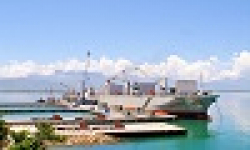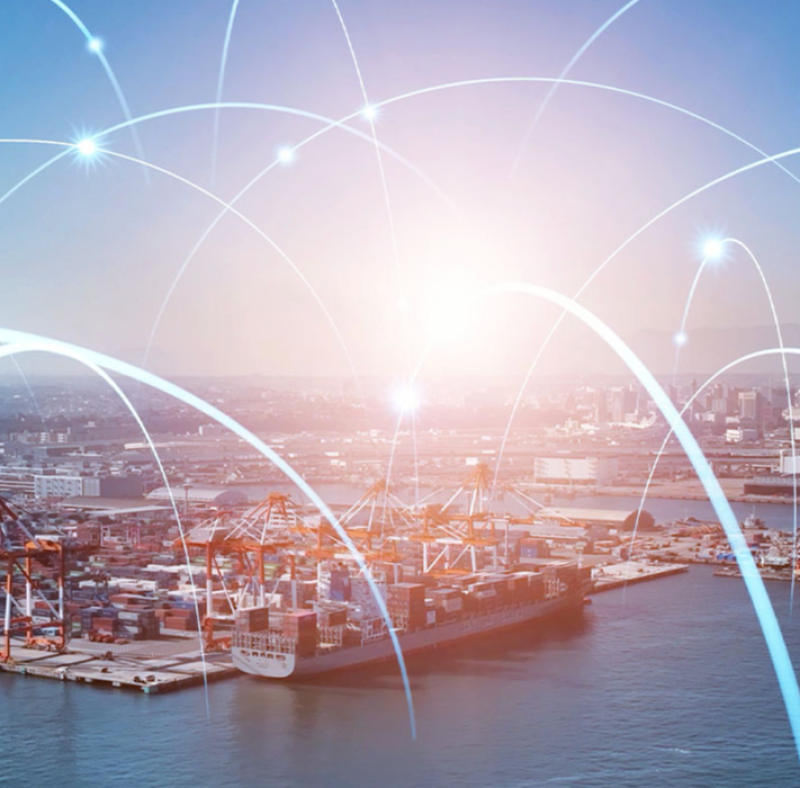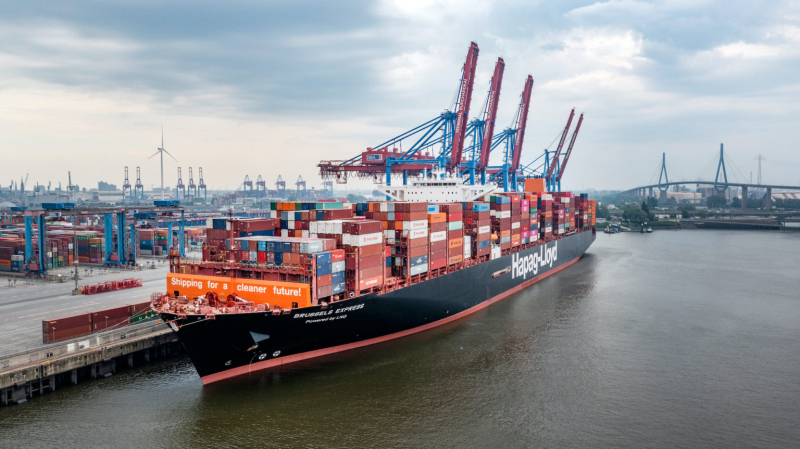When it comes to using AI in shipping, the question isn’t “When?” but “How?” That’s because AI-powered solutions for maritime are already here. With owners and operators under pressure to continuously improve vessel efficiency and comply with ever-stricter regulations, AI can offer some unexpected solutions.
In a hurry? Here are the four key takeaways:
- Using AI for voyage optimisation improves your fuel efficiency, which reduces your costs and emissions.
- Creating a digital twin of your vessel enables real-time monitoring with AI, so you can optimise efficiency and make smarter decisions.
- AI can power predictive maintenance, which minimises downtime and reduces your operational costs.
- To get the most out of AI solutions you need high-quality data – and lots of it.
Integrating AI and machine learning methods into maritime digital solutions can improve vessel efficiency and make your fleet operations more effective. But which AI-powered strategies will benefit you the most? Here are three unexpected AI-powered strategies that can save you money and make your vessel more efficient:
- Voyage optimisation will increase fuel efficiency
- Creating a digital twin helps improve vessel efficiency
- Predictive maintenance is key to maximising uptime
1. Boost efficiency with marine AI-powered voyage optimisation
Voyage optimisation is one of the most powerful AI-driven strategies you can use to improve vessel efficiency. Even small improvements in route planning will reduce fuel consumption and emissions – which can add up to significant efficiency gains.
This strategy uses AI and machine learning algorithms to analyse multiple real-time data sources such as weather forecasts, sea conditions and vessel data. It uses this input to compare multiple potential routes and recommends the optimal option to maximise fuel efficiency.
Unlike traditional routing systems, AI-powered route optimisation adapts to changing conditions, continuously recalculating routes to avoid storms, high waves or congested traffic lanes. AI can also help with specific operational goals, like arriving at port at the optimal time or aligning with berth availability.
The system also learns over time as more and more high-quality data is fed into the AI model, so it continuously improves its routing ability. Because you have real-time information on the efficiency of every vessel in your fleet, you will be able to compare performance and make smarter decisions to improve efficiency.
Wärtsilä’s AI-powered Fleet Optimisation Solution (FOS) is a good example of a service that can be used to implement this kind of AI strategy.
2. Define optimal performance with a digital twin based on maritime AI
Knowing what’s going on in real-time on your vessels – and what optimal performance looks like – is crucial for increasing efficiency. But traditional monitoring methods that rely on noon reports and manual equipment checks don’t provide the comprehensive, real-time insights you need to make smarter decisions.
AI-backed real-time monitoring can give you the tools you need. With this kind of monitoring, you can significantly improve vessel efficiency with early detection of performance anomalies – before they impact fuel consumption, emissions levels or equipment functionality. Modern vessels generate huge amounts of data – and AI can detect subtle early deviations that humans would be blind to.
To implement this real-time monitoring strategy, the first step is to get an expert to create a digital twin of your vessel. A digital twin is a detailed virtual model that replicates your ship’s physical characteristics, systems and operational behaviour. The biggest advantage of this kind of model is that it shows you what optimal performance looks like.
The digital twin is developed using design data from your vessel, including:
- the hull shape and propulsion layout
- engineering simulations based on computational fluid dynamics
- real-world sensor data collected from onboard equipment
Once established, the digital twin will receive data from the vessel in real time, including engine performance, fuel consumption, weather conditions and navigational status.
When you compare the predicted performance from the digital twin simulation with real-world performance, you get the information you need to optimise the efficiency of your vessel. With an AI-backed monitoring service, the output from the digital twin can also be used to provide actionable insights and recommendations, for example recommending hull cleaning or suggesting adjustments that can be made to improve performance.
The real-time monitoring and predictive capability of a digital twin can help you optimise fuel consumption, reduce downtime and make smarter decisions throughout the lifecycle of your vessel.
3. Power data-driven predictive maintenance with AI in shipping
Predictive maintenance improves vessel efficiency because it helps
- reduce unplanned downtime
- extend maintenance intervals
- increase the lifetime of parts.
Traditional maintenance schedules are often based on fixed intervals or reactive repairs, both of which can increase your operational costs. Unexpected equipment failures in particular can cause huge disruptions to your operations – and significant financial losses.
In contrast to traditional maintenance, AI-powered predictive maintenance uses algorithms and machine learning to analyse data from various sensors and systems on your vessel. Continuously monitoring the condition of critical components in real-time helps predict potential failures before they occur. AI can spot anomalies long before a human could, so you can arrange maintenance and repairs in good time.
Wärtsilä Expert Insight is a powerful, AI-backed predictive maintenance service. Expert Insight monitors real-time sensor data from your vessel and combines it with advanced diagnostics and human expertise to give an accurate picture of equipment condition. The service makes maintenance recommendations based on this information, which improves vessel efficiency by making your assets more reliable.
What kind of data do AI-powered strategies need?
None of these three AI strategies work without high-quality data – and lots of it. That’s because AI needs accurate, comprehensive and well-structured data to make meaningful predictions. In the maritime environment, factors like fuel consumption, engine load, weather, currents and vessel behaviour are fed into AI models to provide the fullest and most accurate picture possible.
If this data is ‘noisy’, incomplete or inconsistent, you will not be able to rely on the output of your AI-powered systems and services. In practical terms, you might suffer from suboptimal routing, poor maintenance predictions or incorrect efficiency recommendations. The answer is to make sure you gather high-quality data so that the AI can detect patterns, optimise your operations and support your decision-making in real time.
A good starting point when implementing an AI-based strategy is to use data from the IMO Data Collection System (DCS). You’ll get even better results if you augment DCS data with specific data from sensors onboard your vessel. Third-party sources of information like weather forecasts are also important to ensure the effectiveness and accuracy of any AI-based systems you use.
How to choose the right AI-powered solutions for your vessel
Wärtsilä is a leader in delivering AI-powered solutions that improve vessel efficiency across your fleet. From voyage optimisation to predictive maintenance, these tools and solutions are already delivering measurable results for customers worldwide. Looking for the right AI strategies to reduce fuel consumption and emissions, increase performance and ensure compliance across your fleet? Get in touch.





























